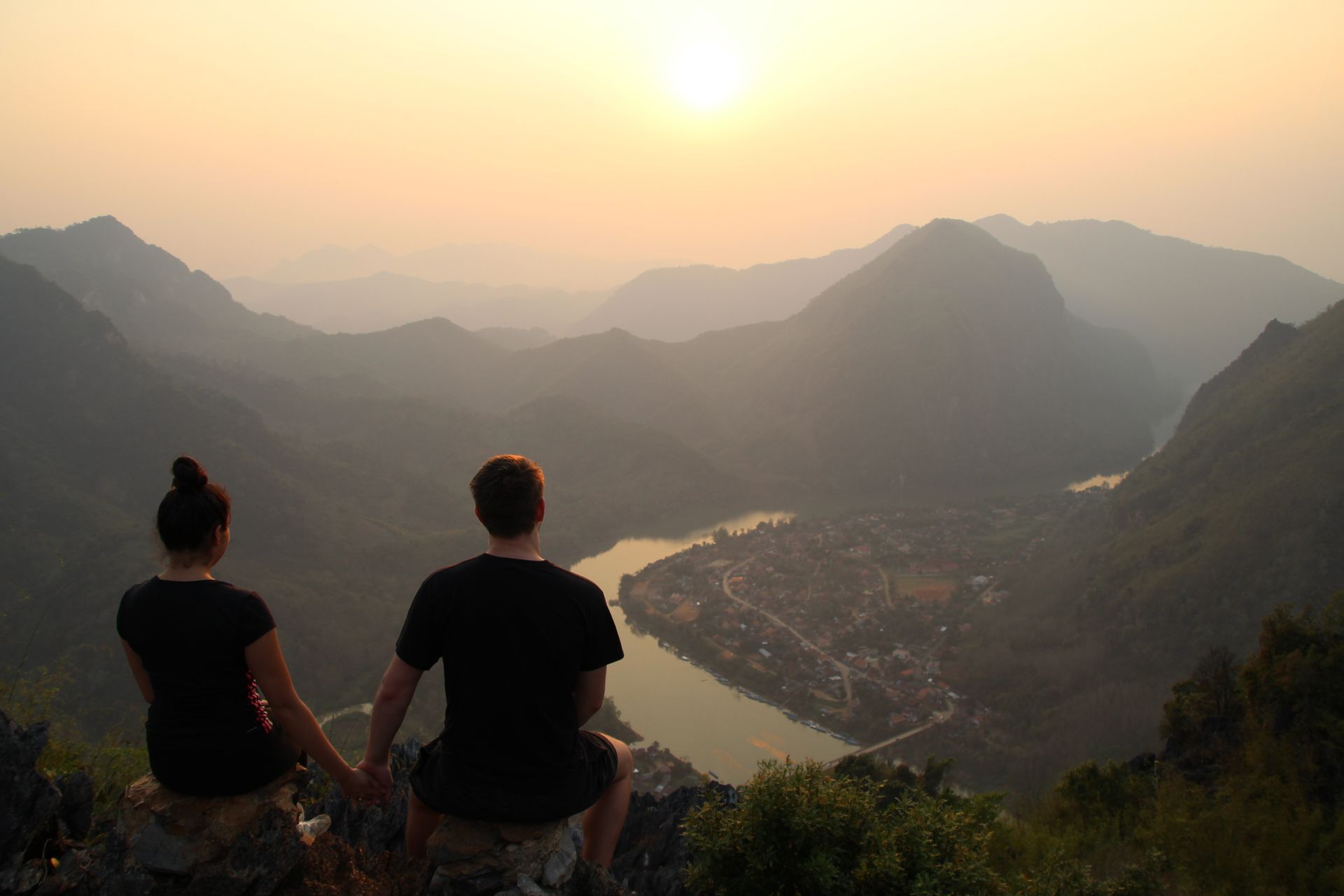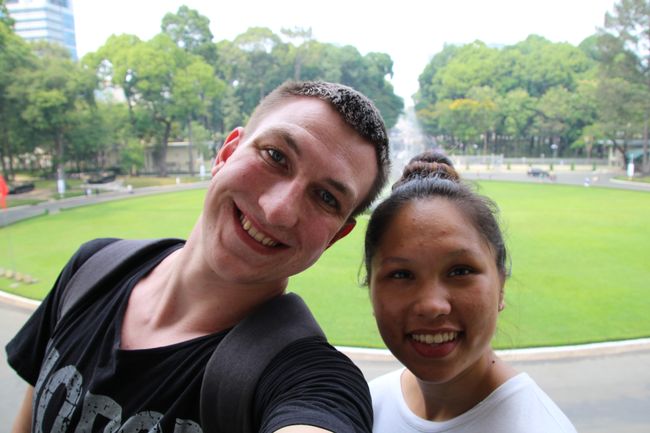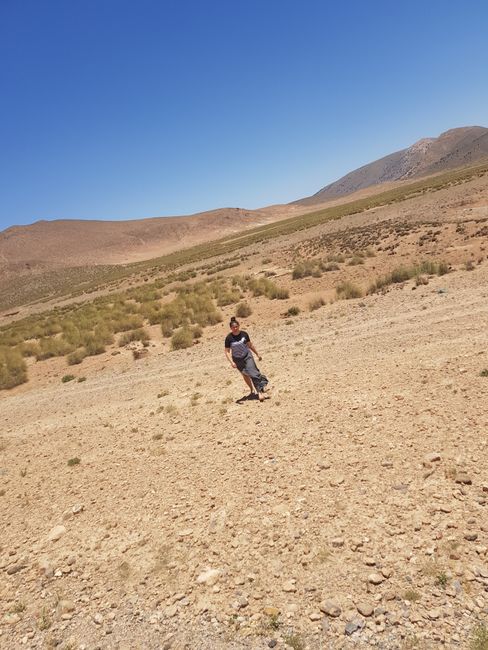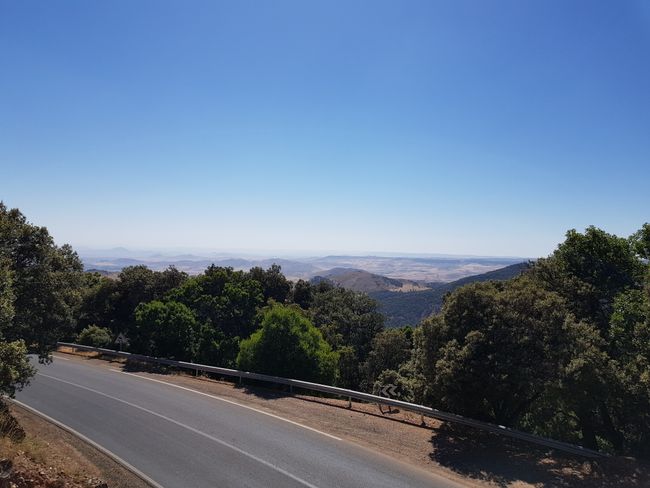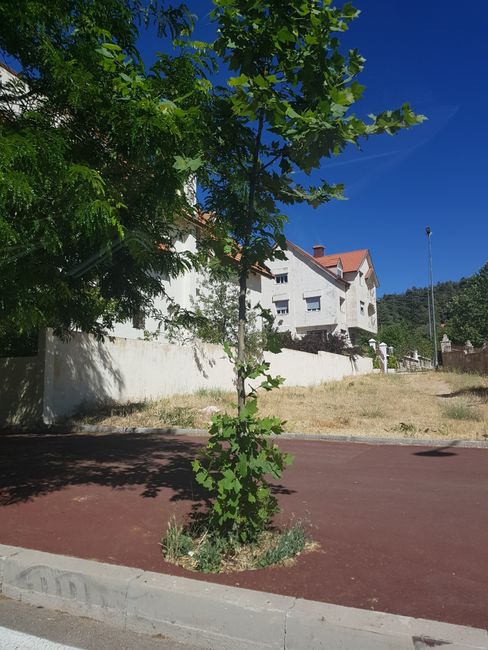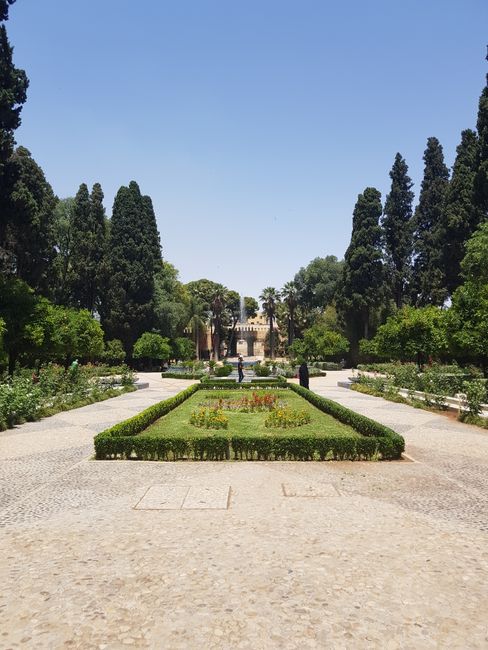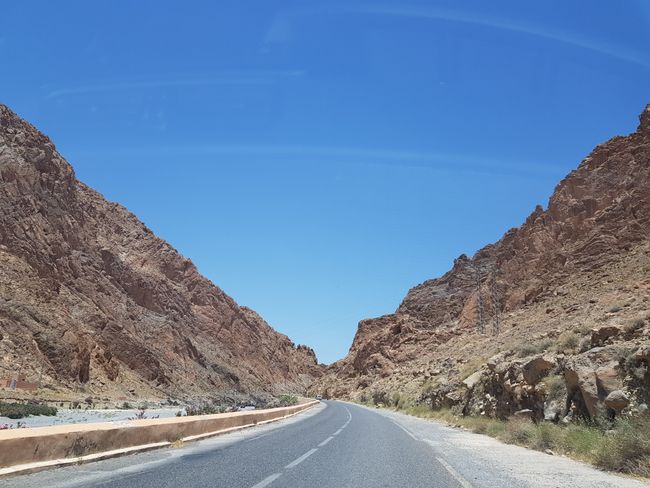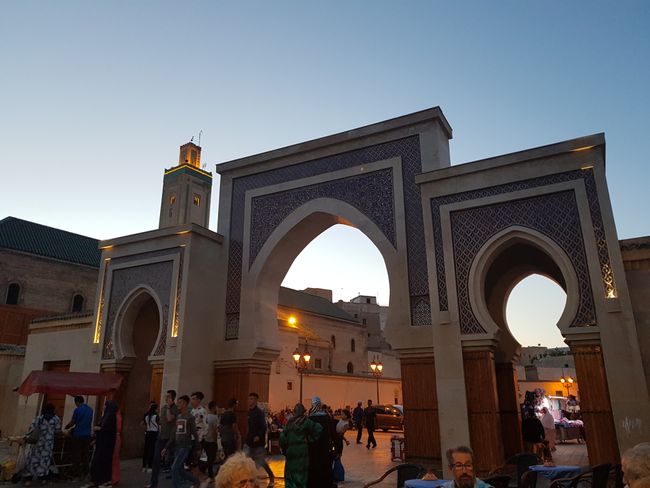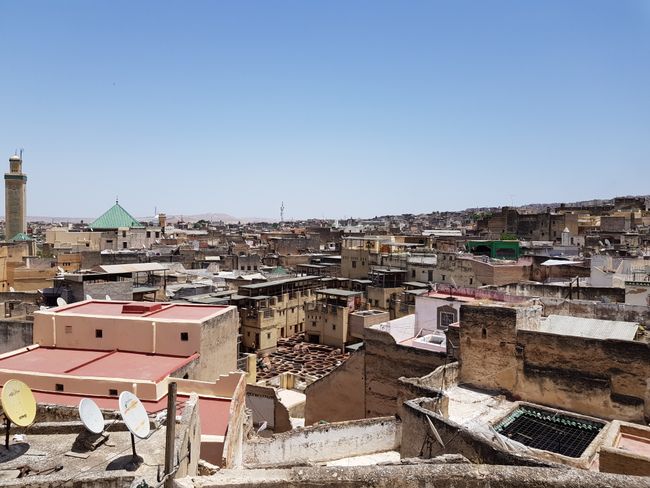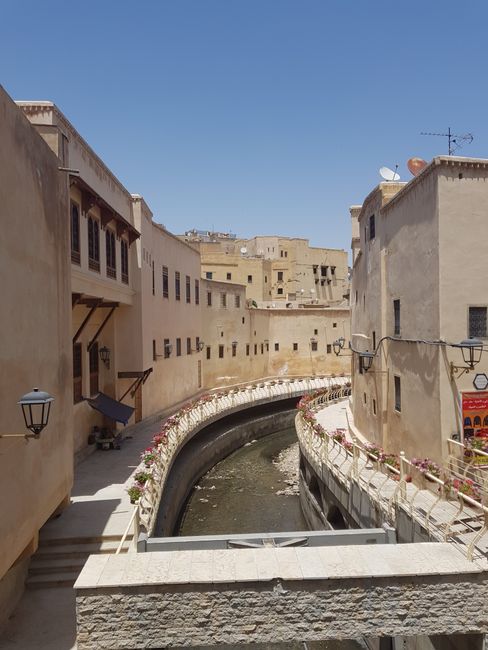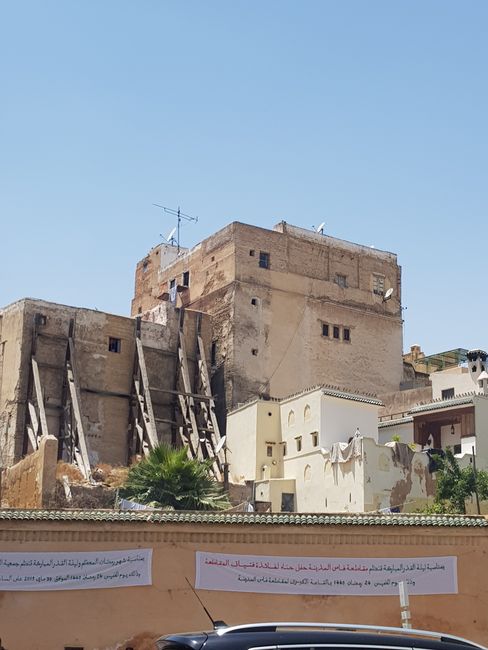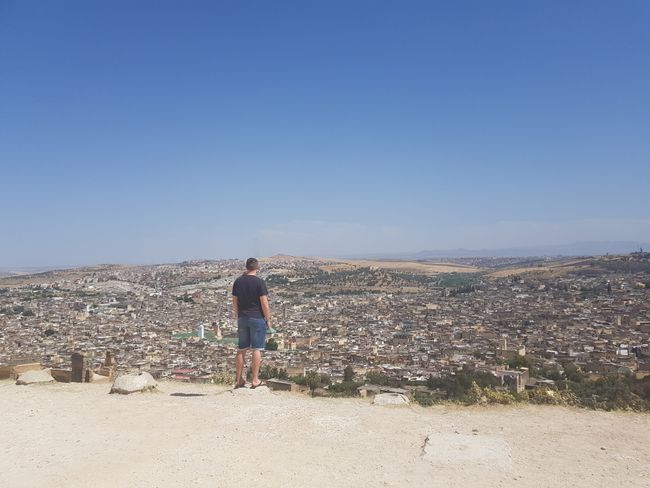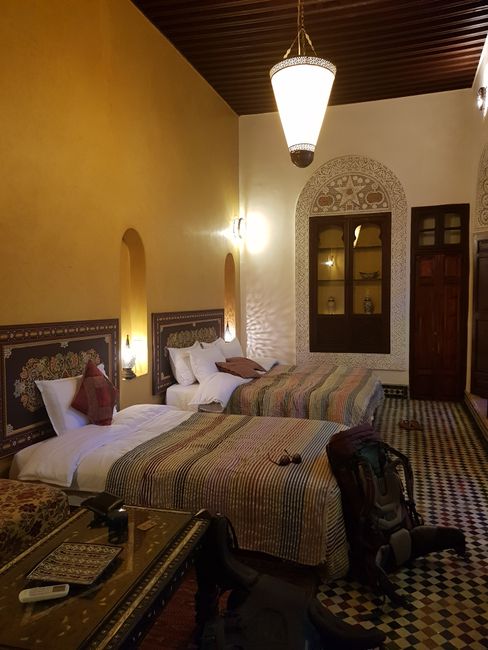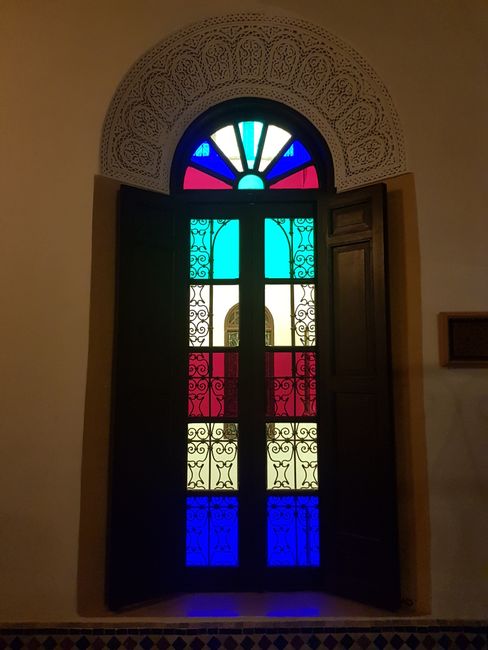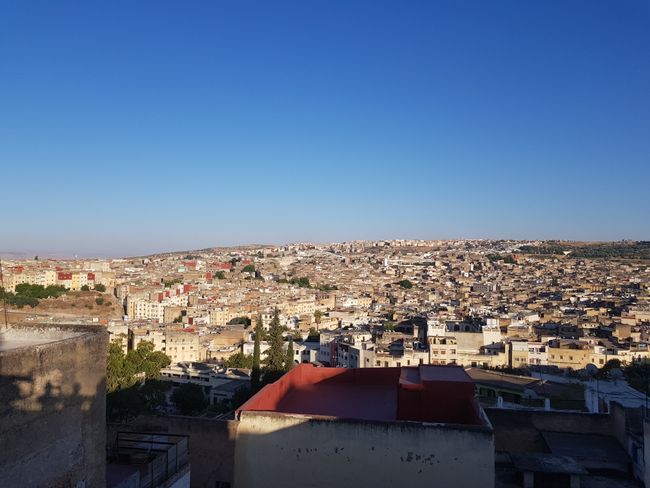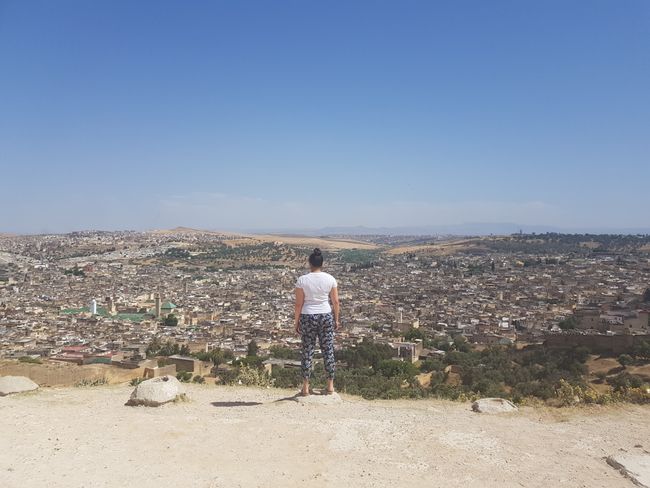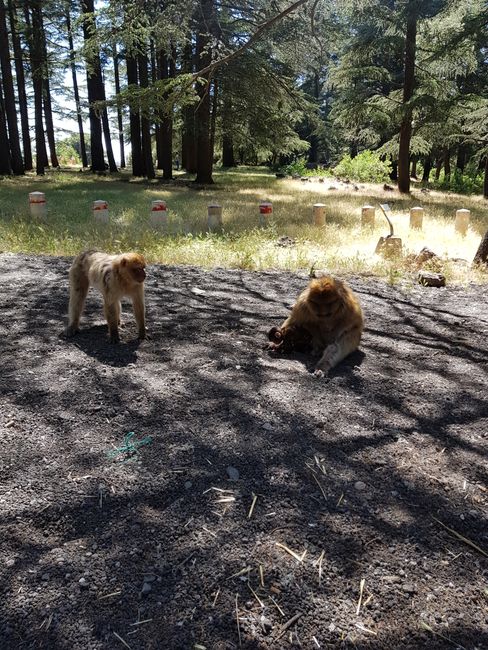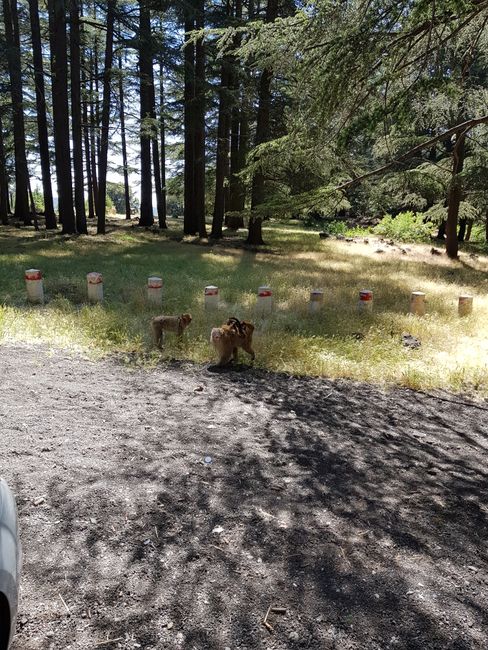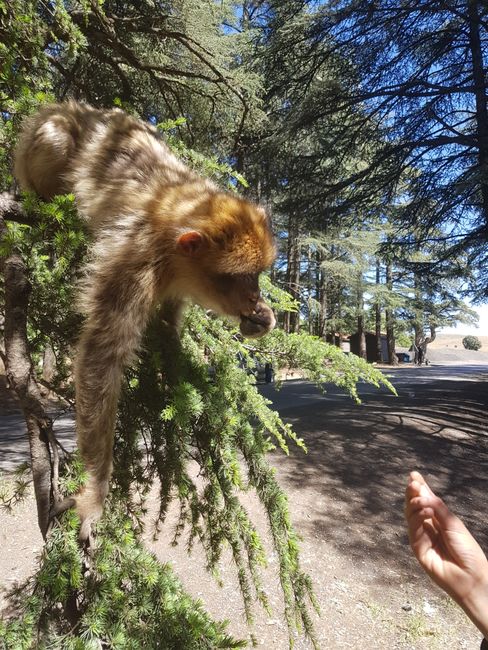Lost in Fes
Udgivet: 16.06.2019
Abonner på nyhedsbrev
[Jonas] When we left our room directly outside after a restless and way too hot night, we noticed that it had cooled down significantly and that we could have simply slept outside.
After breakfast, we said goodbye to Mustafa and set off, already leaving the Sahara behind. A short but particularly beautiful visit!
The drive was relaxed. At first, we drove a short distance back north, the same route we had taken south the day before. Shortly after the town, which we still knew, the navigation system (we were now using maps.me) led us onto an unused road, which then turned into a road that was only used by bicycles and donkeys in one direction, which looked at us strangely. The reason for this became apparent a kilometer further: the road turned into a winding gravel path before completely disappearing into the sand. So we had to turn around, and from this we learned that we should rely more on the good old road map and not always trust the navigation system. We lost about half an hour in total, so not a big deal.
Over time, the landscape became mountainous again. We were approaching the Middle Atlas. Just before we climbed it, we stopped in Errachidia to refuel, and surprisingly, we found the only supermarket we had seen so far, where we Europeans naturally had to go shopping.
Shortly after continuing our journey, a huge lake suddenly stretched out to our right, probably a reservoir, while the mountains rose up to our left, a breathtaking sight! And at the same time a precursor to what was to come: in the mountains, more and more valleys filled with rivers and oases. When Franzi fell asleep in the passenger seat, it was still rocky and dry.
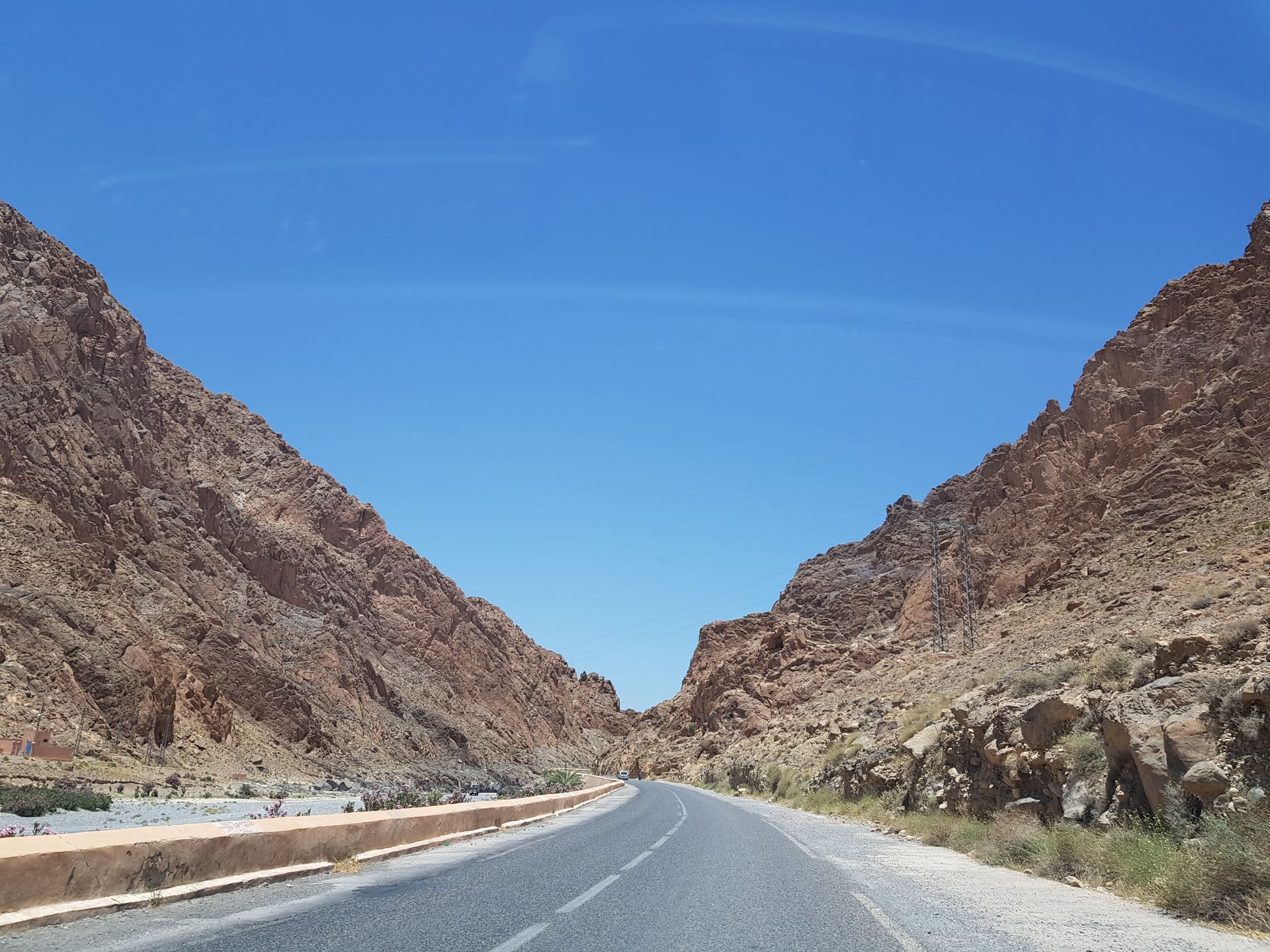
I continued along the winding road through the Atlas mountains, and from camels and emaciated cats that crossed the road unattended, we saw cows and dogs. Oases turned into forests, and stony plains turned into grassy hills. When Franzi woke up, one could almost claim from the view that we were in the Alps.
And as if we had called it forth, a short time later we drove through a city that couldn't have been more European. Brick houses with pitched roofs made of roof tiles, street lamps, and pedestrian crosswalks. It was really confusing to see so many Arab people on the streets, and the driving style was still not European...
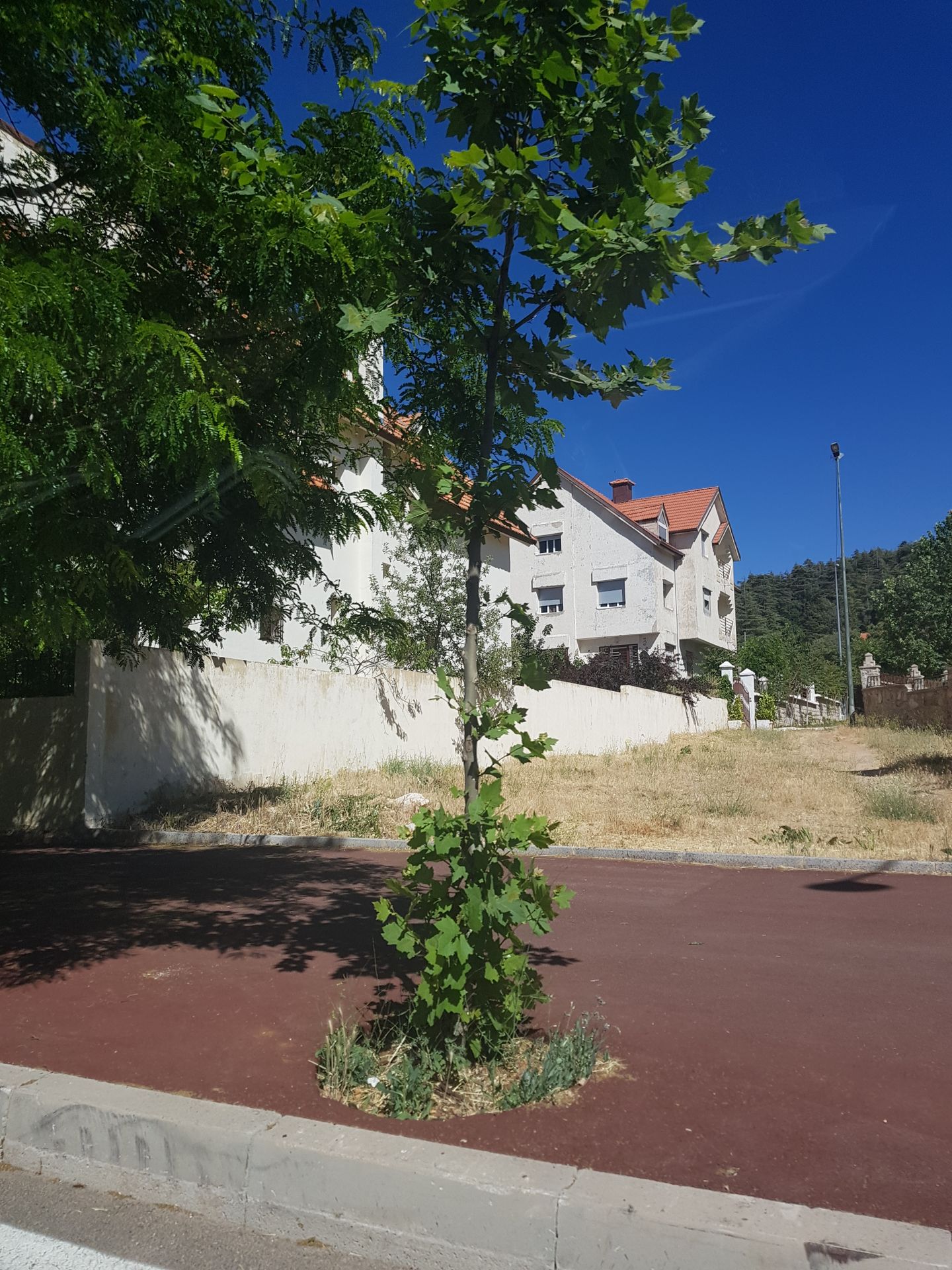
The city is called Ifrane and, as we later learned from our guidebook, was founded by the French and is still a holiday destination and the location of one of the country's elite private universities.
A little further into a forest, we suddenly came across wild monkeys sitting by the roadside. Of course, we couldn't resist driving alongside them to observe the monkeys up close.
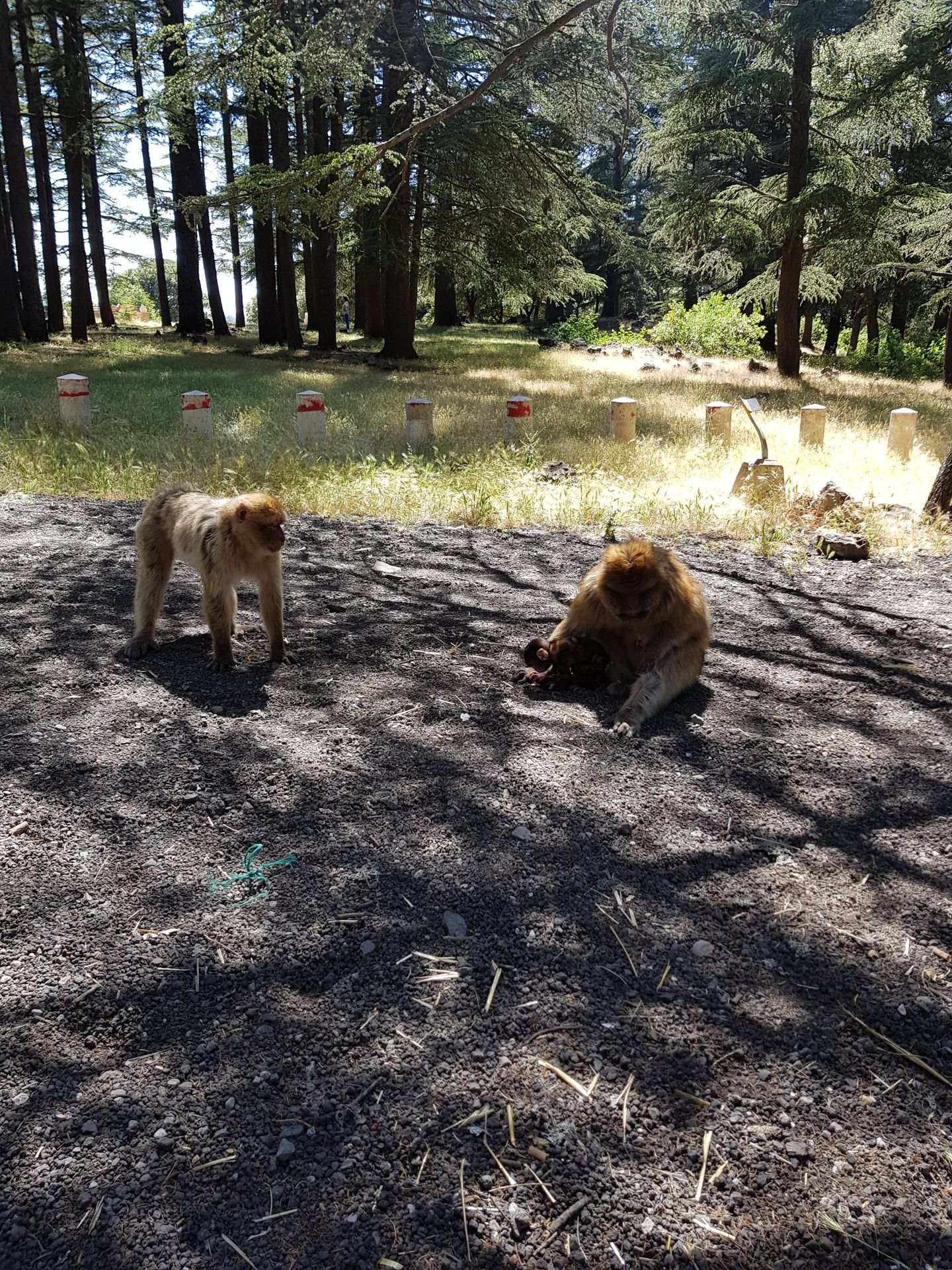
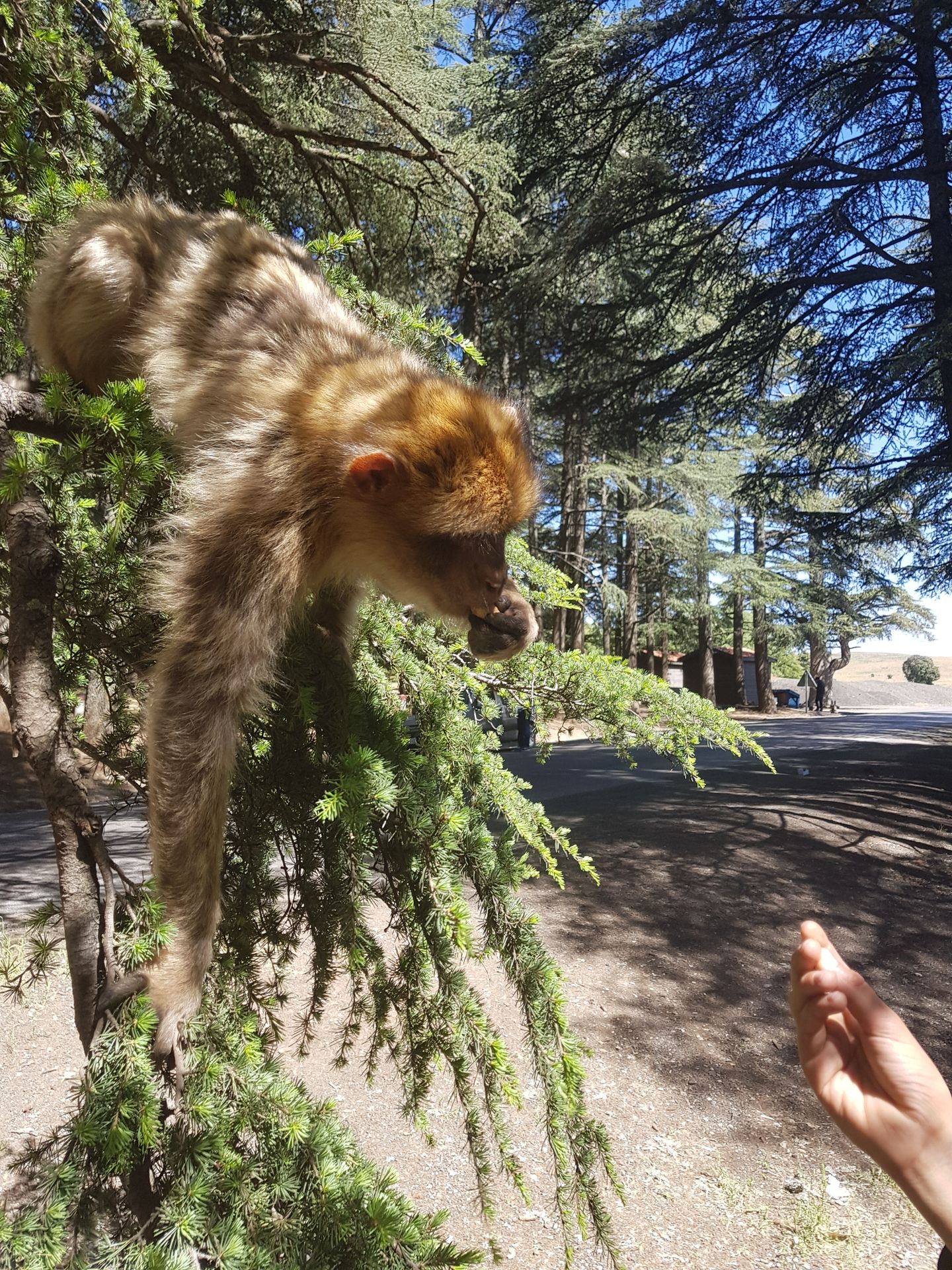
However, the fact that they were not afraid of cars or humans made it clear that some tourists are. This suspicion was confirmed when a few kilometers further into the forest, there was a camp set up where entire tour buses took a break to see the wild monkeys. However, they are not so wild anymore, as they are losing their hunting instincts more and more due to the tourists feeding them.
Another stop was inevitable when we arrived at the top of a mountain from where we could overlook the vastness of the Moroccan highlands.
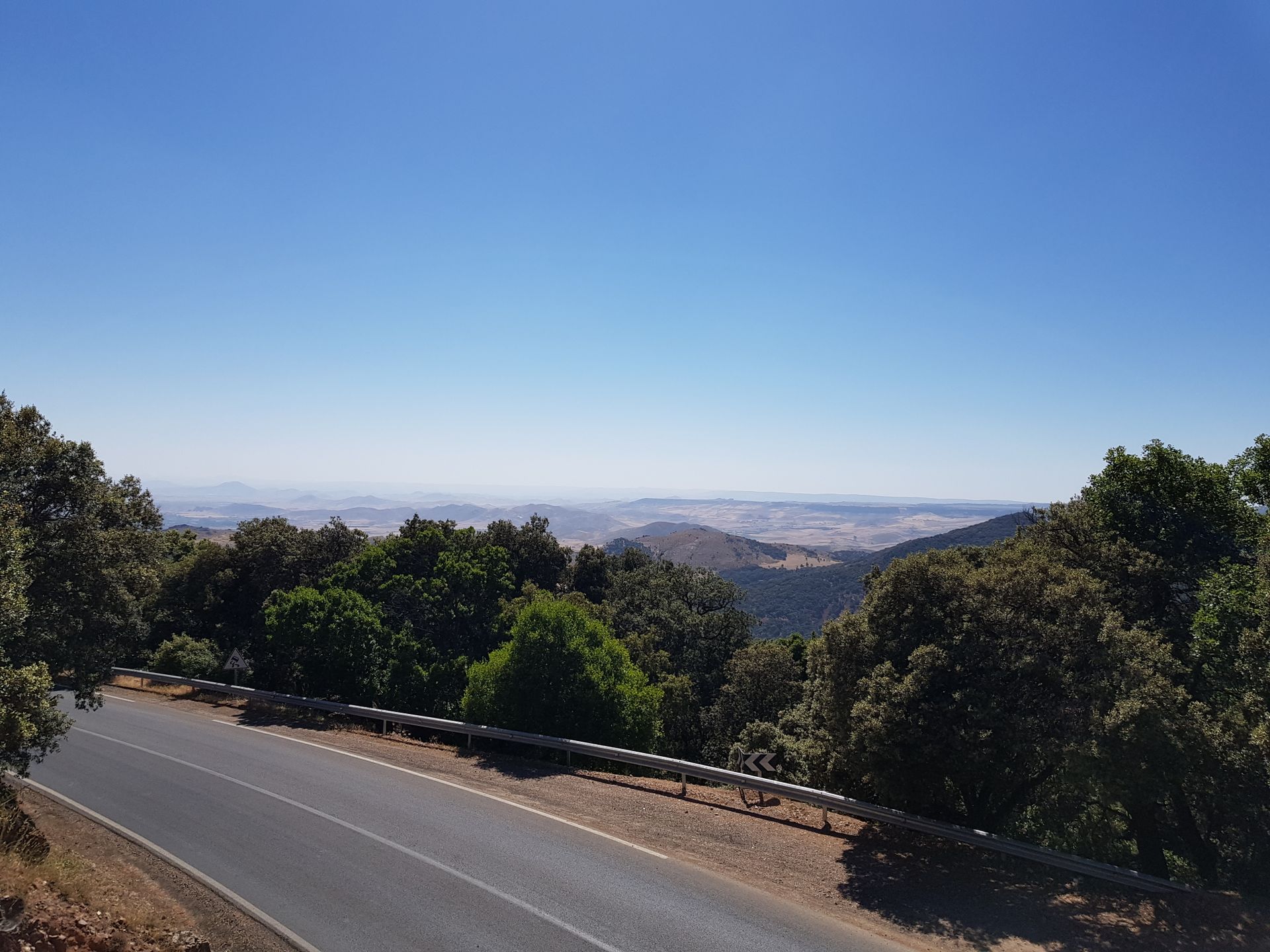
Then we approached our destination: Fes. The streets gradually became more crowded and, above all, chaotic. But somehow we managed to arrive at our target parking lot unscathed, where we were immediately besieged. The parking attendant wanted 30 DH (=2.76€) for one night, which he naturally got. However, we managed to skillfully avoid the luggage carrier and the guide who wanted to accompany us to our hotel, and we quickly found our riad on our own in a quiet side street. We rang the bell and were immediately invited into a blue courtyard with a small fountain.
We had made a real bargain; the riad actually cost much more! We could tell. Our room was on the second floor and was simply huge. It had tinted windows facing the courtyard, so we could still hear the pleasant sound of the fountain in our room. Although we had booked a double room, the room was so large that even with the two double beds in it, it was still not full, and there was still enough space for a couch and a table.
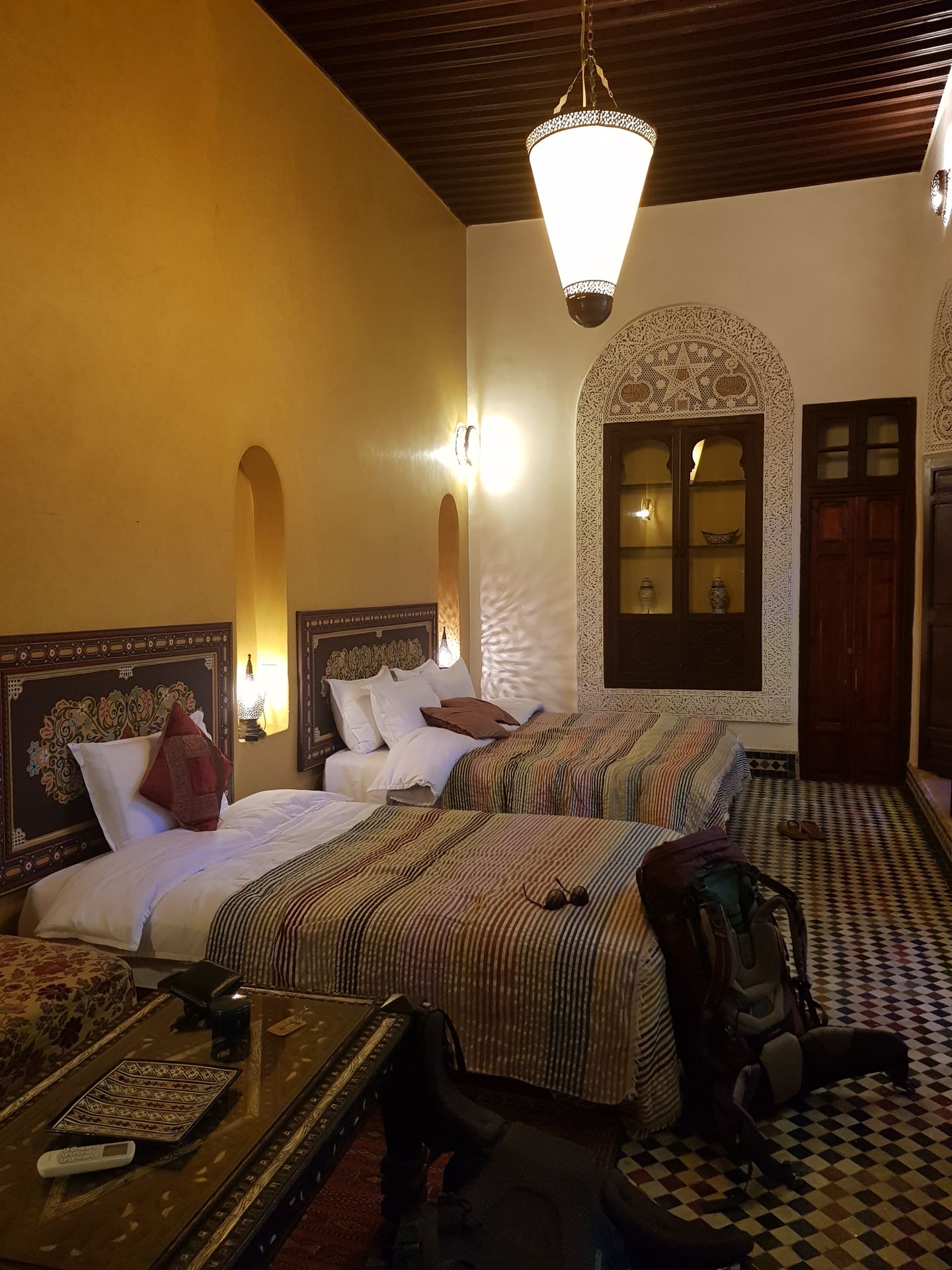

Then we set out to find dinner. We hadn't really researched the city beforehand because we wanted to experience it spontaneously. We knew that it consisted of several narrow lanes, but that description didn't even come close.
Words simply fail to describe this crazy city, but I'll try to list a few impressions: It feels like the Middle Ages, chaotic, labyrinthine, never-ending alleys, stench. Suddenly you find yourself in front of chickens being kept in the smallest of mass stalls in the middle of the city and being beheaded, butchered, and sold right in front of the street. In the next moment, you almost run into a donkey or a horse, or almost step in their droppings, and in the next moment, you find yourself in the middle of a fragrant spice souk. These were too many influences at once, and the culture shock was perfect!
The impressions of the 1.5 days we spent there are blurred, so I can't give a chronologically accurate description here.
We suddenly found ourselves in the hustle and bustle of a big square where we found a restaurant at the end where some tourists were also sitting. Since we were actually looking for dinner, we sat down and had a really good meat platter and a tajine (a total of 140 DH = 12.90€). We managed to find our way back to our riad, which was located on the edge of the medina, just before it got dark. We went to sleep immediately.
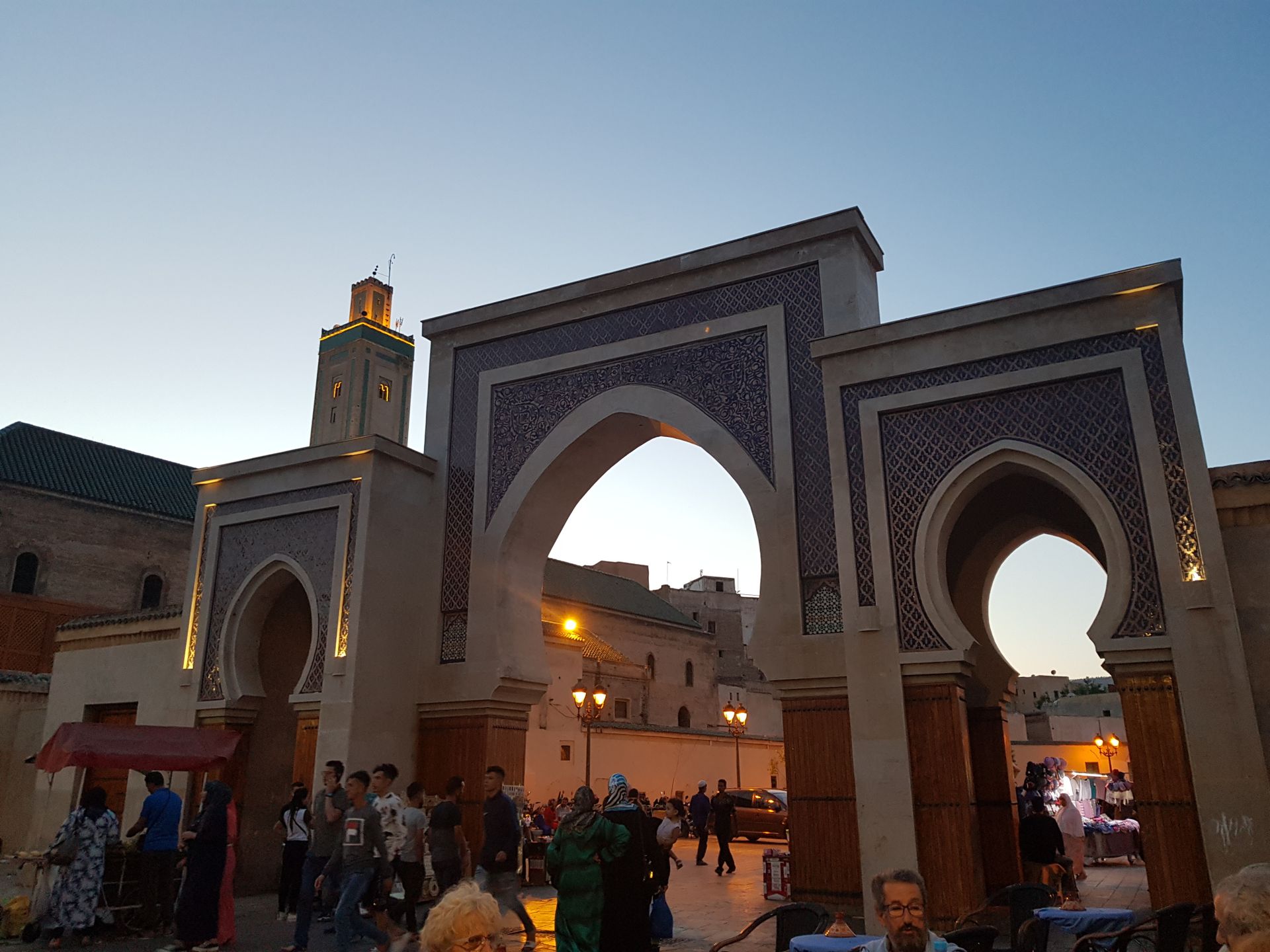
[Franzi] The next day, we continued to wander through the city. We didn't really know where we wanted to go. And it seemed obvious. We were constantly approached, asking if we wanted to eat here or there, if we wanted to see this or that. Yes, we know that the Moroccans meant well, but in the long run, we found it very exhausting.
We were asked several times if we wanted to visit the "Terraces of Tannery". At first, we didn't really understand what that was until we saw a picture at a leather goods seller's and stopped. Unlike all the other leather goods sellers, this one didn't speak to us, so we agreed to visit these apparently famous terraces. A short time later, we were already standing on his private terrace, from where we had a great view of the leather tannery. Here, the leather is still traditionally tanned, with the workers putting their full physical effort into it. The tannery is located in the middle of the old town of Fes, under the protection of UNESCO, along with the entire medina. The seller told us that work mainly takes place in the morning, that the tanning process has a beastly smell, and that it takes about a year for animal hide to turn into leather.
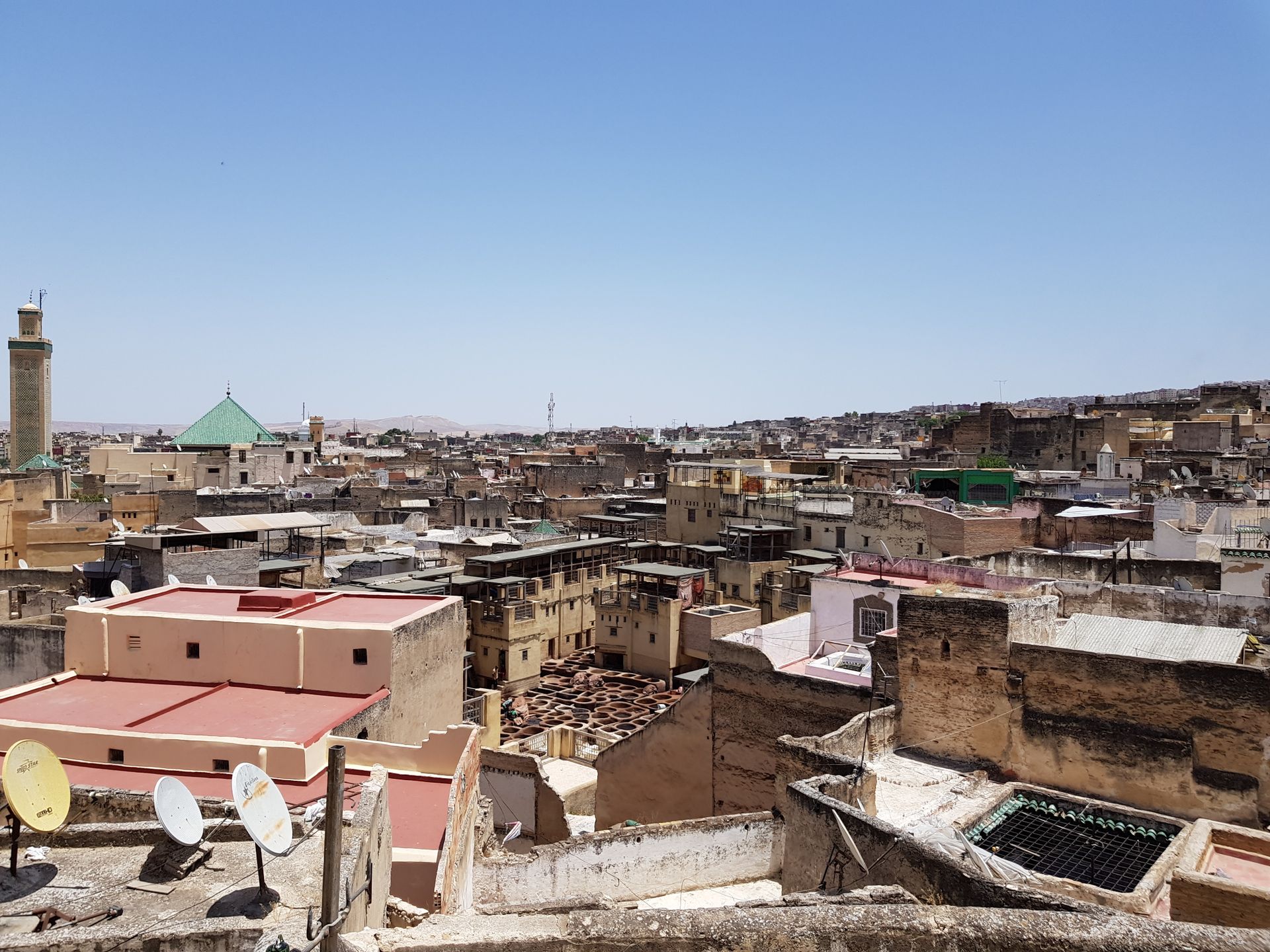
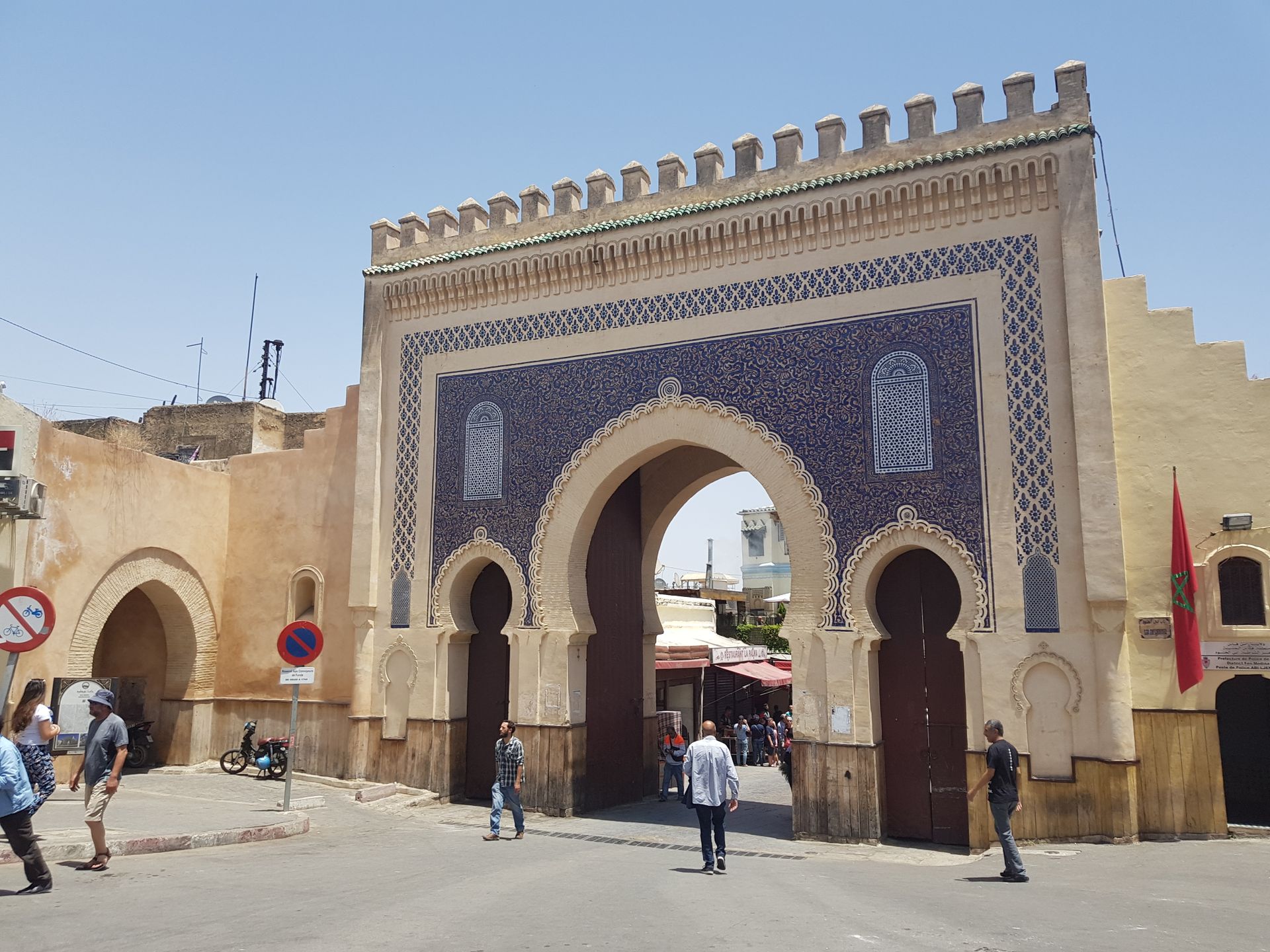

Old building supported by wooden beams
We sat down in a small snack bar and had a light lunch while we thought about what else we wanted to do in this city. We came across a viewpoint in the guidebook and thought it was a good idea to climb up there.
So after lunch, we set off and hoped to find the way up there quickly. But this turned out to be more difficult than expected. Once again, we wandered through the alleys and weren't sure which way to go. After a while, we were very surprised to pass by the leather goods seller from the morning and didn't really know how we managed to do that. We asked him to explain the way to us, and luckily, we finally found our destination. Now we just had to climb up there. The path led us through an old cemetery and uphill all the time. But we were rewarded with a great view of the city and enjoyed the scenery.

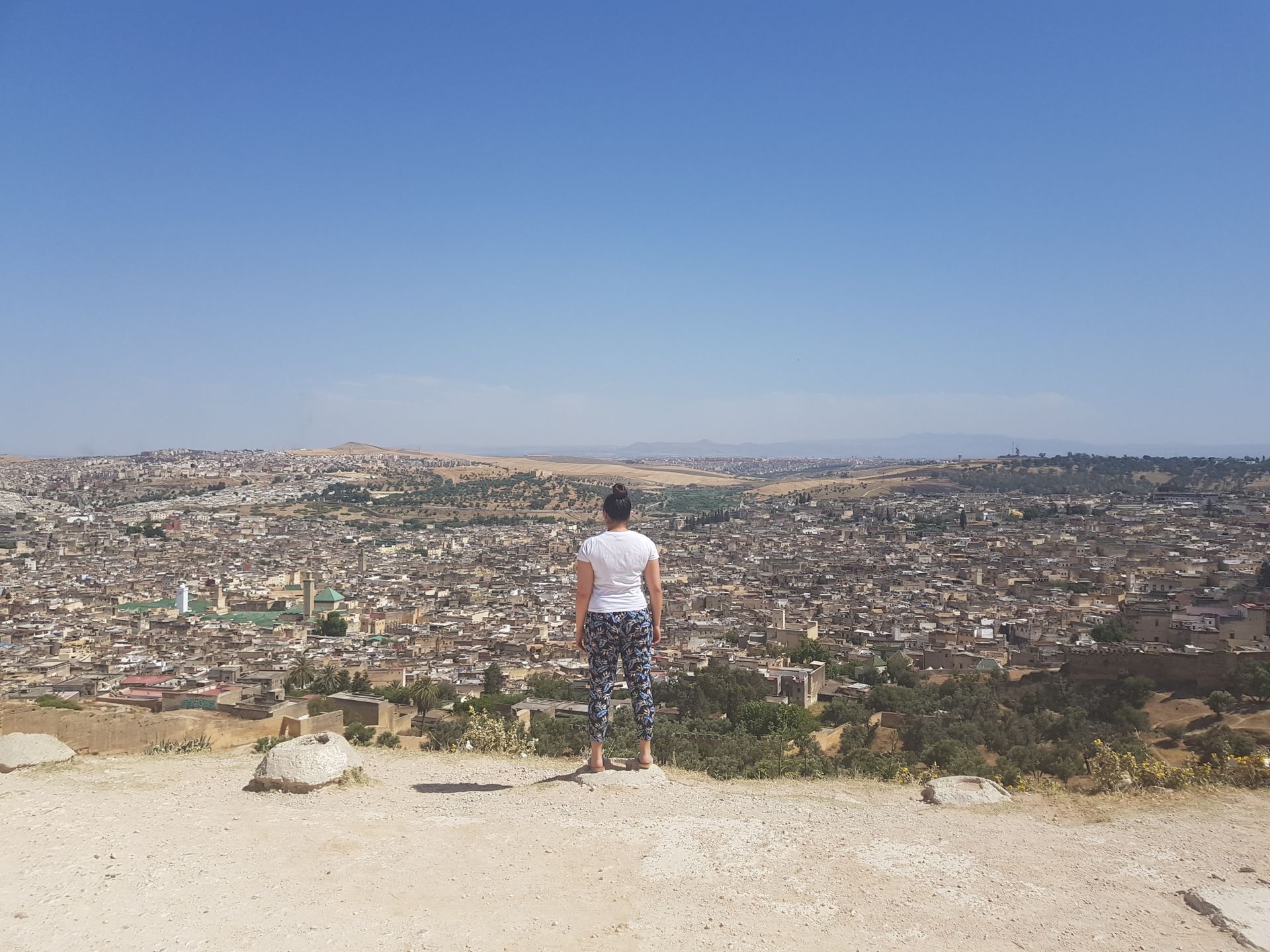
We returned to our riad and made ourselves comfortable on the rooftop terrace.
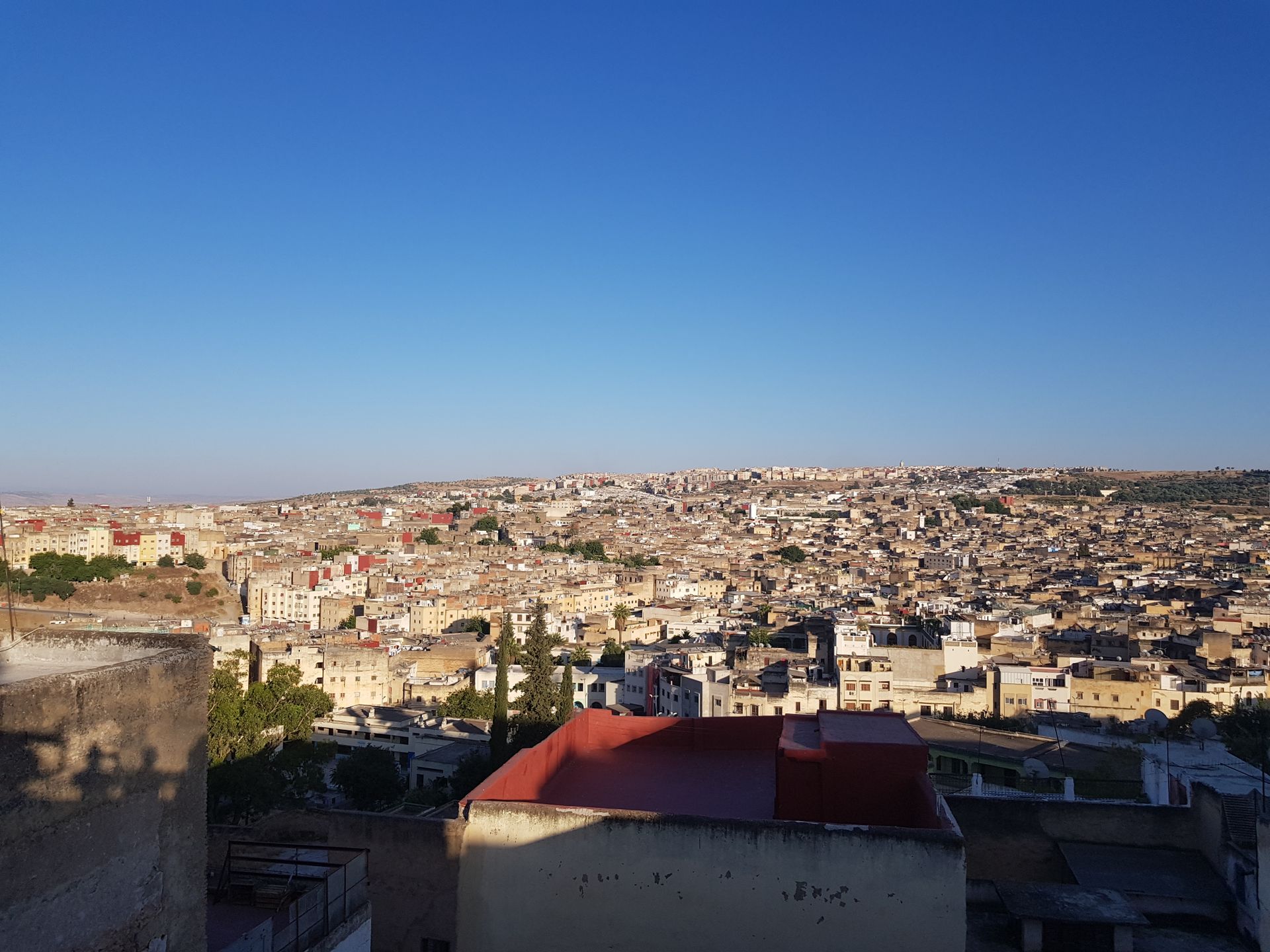
The next day, we slept a little longer before hitting the road again.
Just one thing: It gets blue!!!
Sunny greetings,
Franzi & Jonas
Abonner på nyhedsbrev
Svar (1)
Christina
So, jetzt hatte ich richtig viel zu lesen - komme erst heute dazu. Irgendwie finde ich diese Gegend erfordert mehr Mut als eurer langer Trip durch Asien...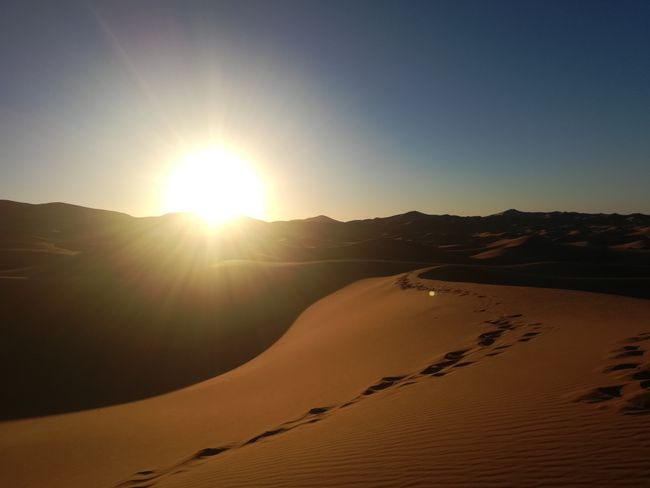
Rejserapporter Marokko
